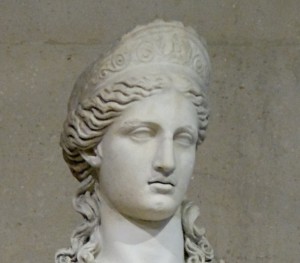
Animals that hibernate easily capture the imagination. What do they dream about during those long months? Groundhogs and other marmots are the queens of the long sleep, being some of the rare “true hibernators.” This means that unlike most creatures that sleep during the winter, they don’t wake up even once, surviving in suspended animation with vital signs like pulse, temperature and respiration becoming extremely low. They must remain in this state so their body fat will last until spring. Sometimes marmots starve during their hibernation and never wake at all.
Those who do come back carry messages from very far away. Groundhog power brings the ability to travel through the veil separating the worlds of the living and the dead. Trance work and meditation come effortlessly to those who cultivate groundhog energy. They enjoy being alone and draw power from retreat. At the same time, they do not permanently dwell in the shadows and will take their place in the sun.
The groundhog is a fitting symbol for the sun festival Imbolc, since she loves to bask in the sun. Yet there’s no electricity and no candles down in that bunker, so she maintains a hidden life. Imbolc is the time for nighttime initiations, when new priestesses receive secret teachings as they embark on the Path of the Wise. Those already initiated choose this time to rededicate themselves to their path, in recognition of the sun’s fulfillment of her promise of return. If you are a groundhog lady, you carry the occult qualities of this special day.
With their superb burrowing ability, groundhogs have the power to push past obstacles and remove stuck energy. The groundhog keeps a low profile, never bragging about her accomplishments, and as a result she is underappreciated. Gardeners bemoan the theft of vegetables without recognizing the role of burrowers in soil fertility. The masses of dirt are viewed as a nuisance without considering the how tunnels channel snow and water more efficiently. In the world of magic and psychic healing, where the major work is generally about moving blocked energies, the groundhog is a powerful ally that is usually overlooked, perhaps because she is small and unimpressive looking—cute rather than glamorous.
Some key words for groundhog magic are: elimination of obstacles, fulfillment of promises, communication with the dead, initiation, hidden meanings, meditation, vision, discernment, balanced view, change-making, earth moving.


